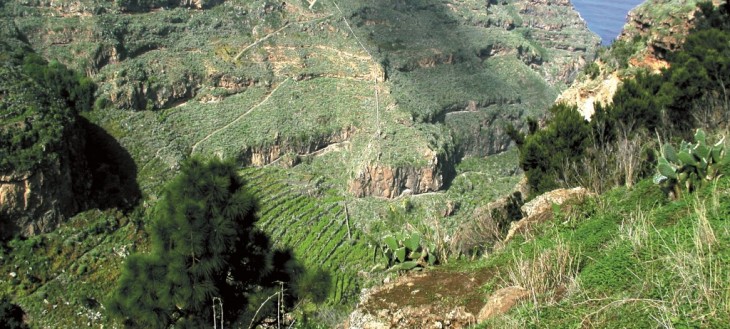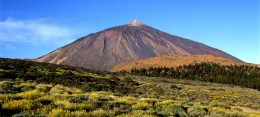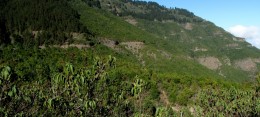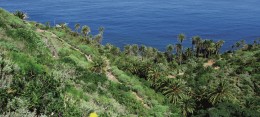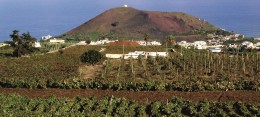The Site of Scientific Interest of the Ruiz Ravine covers an area of 95.6 ha and marks the border between the municipalities of San Juan de la Rambla and Los Realejos.
It’s considered of great scientific value, given the preservation of natural elements and varied vegetation, such as laurel and thermophilic forests, and the rocky formations.
The impressive Ruiz ravine is 2,100 metres long and approximately 520 metres wide, with 640 metres high walls and a bed located at 200 metres above sea level. The lowest point of the ravine is located near the bridge that crosses the road at 90 metres.
The landscape of the area features a very sheer relief that includes different environments, due to the existence of diverse microclimates. You’ll find halophytic coastal vegetation, thermophilic vegetation, and the forest that stretches down many sections of the ravine full of of pine trees, fayal-brezal vegetation and small-leaved hollies.
The orography of the area favours the presence of almost every type of bird of prey that inhabits Tenerife, such as the common buzzard or ‘little eagle’ as it’s also known, the common kestrel and the little owl, also known as ‘coruja’, the garden warblers, the common chiffchaff, the tits; that’s why this is the perfect spot for bird watchers. In addition, some sparrow hawks, the common owl and the barbary falcon, also known as ‘Tagaroe’, –on rare occasions- nest in this protected area.
The Manx shearwater and the Cory’s shearwater, among others, stand out as examples of marine bird life in the area, whereas the Madeira bat and the European free-tailed bat are the best examples of bats.
The inhabitants of the area have used the lands for different crops, given its unique conditions, so that many terraced plots for fruit trees and banana trees can be found, as well as little gardens and honeycombs.
- ¿Dónde está?
- ¿Qué hay alrededor?
- Artículos relacionados
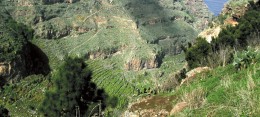 Sitio de Interés Científico de Barranco Ruiz
Sitio de Interés Científico de Barranco Ruiz Ort von wissenschaftlichem Interesse Barranco de Ruíz
Ort von wissenschaftlichem Interesse Barranco de Ruíz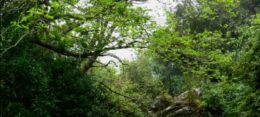 Madroños de la Fajanaa 0,15 km
Madroños de la Fajanaa 0,15 km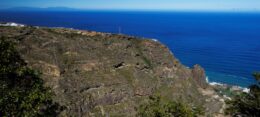 Barranco Ruiza 0,44 km
Barranco Ruiza 0,44 km Cementerio de San Antonioa 0,62 km
Cementerio de San Antonioa 0,62 km Friedhof von San Antonioa 0,62 km
Friedhof von San Antonioa 0,62 km Cemetery of Saint Anthonya 0,62 km
Cemetery of Saint Anthonya 0,62 km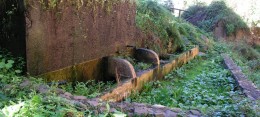 Lavaderos del Barranco de Castroa 0,64 km
Lavaderos del Barranco de Castroa 0,64 km Waschplatz vom Barranco de Castroa 0,64 km
Waschplatz vom Barranco de Castroa 0,64 km Castro Ravine Wash Basinsa 0,64 km
Castro Ravine Wash Basinsa 0,64 km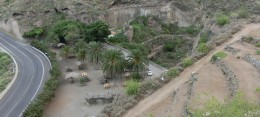 Zona Recreativa de Barranco de Ruiza 0,76 km
Zona Recreativa de Barranco de Ruiza 0,76 km Freizeitpark Barranco de Ruiza 0,76 km
Freizeitpark Barranco de Ruiza 0,76 km


